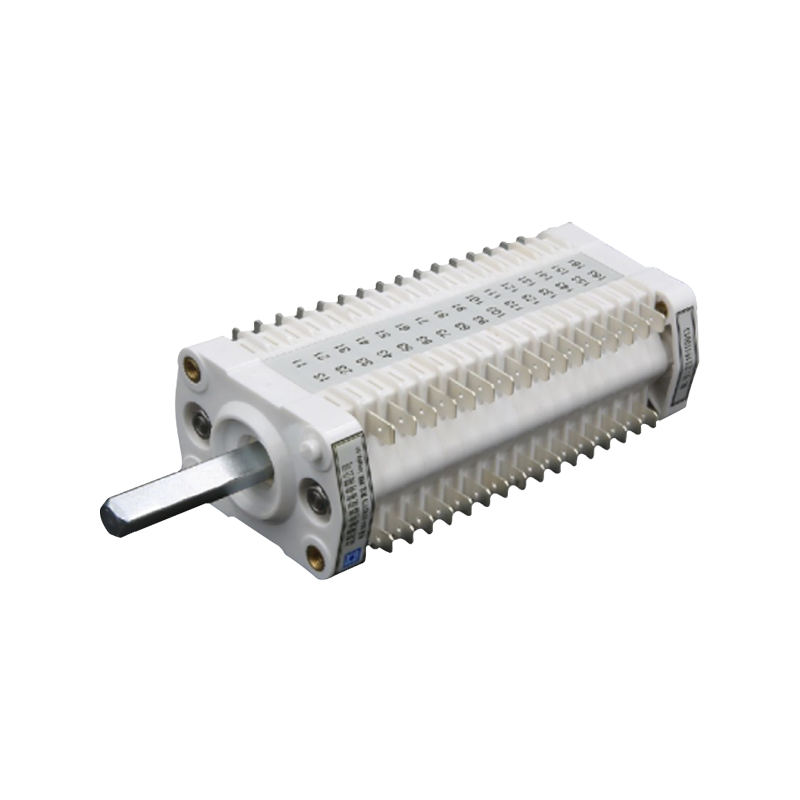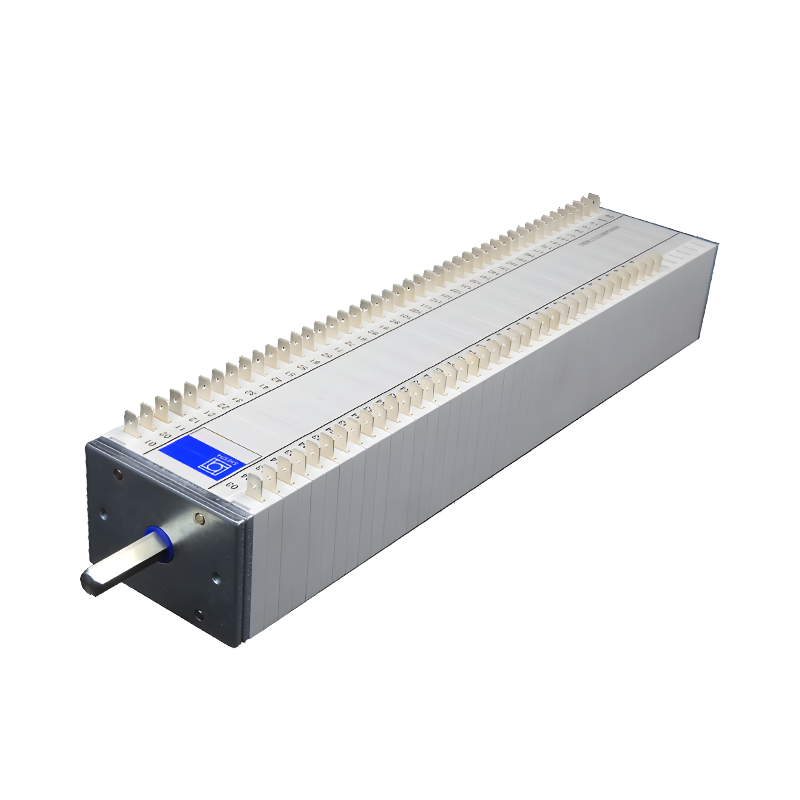

Application of auxiliary switch in power transmission and transformation equipment
Release time:2024-06-24
In the energy system of modern society, electricity plays an indispensable role. From home lighting to industrial production, to the infrastructure of the city, electricity is an important power to maintain our daily life and economic development. However, behind this, there is an often overlooked but extremely important link - the auxiliary switch in the transmission and transformation equipment. Although it is small, it carries the great responsibility of guaranteeing the safe and stable operation of the power grid.
Auxiliary switch, as its name suggests, is a switching device that plays an auxiliary role outside the main circuit. Unlike the main switch, which is directly involved in the transmission of electrical energy, auxiliary switches are mainly used for control, monitoring and protection purposes. They are usually installed in key parts of transmission and substation equipment, such as transformers, circuit breakers and relays.

In transformers, auxiliary switches are used to monitor parameters such as oil temperature, oil level, and pressure. When these parameters are out of normal range, the auxiliary switch triggers an alarm system or directly activates the cooling system to ensure that the transformer is not damaged by overheating. In addition, the auxiliary switches enable the adjustment of the transformer taps to suit different voltage requirements and ensure the stability of the power supply.
On circuit breakers, the role of the auxiliary switch is also not to be underestimated. It detects the opening and closing status of the circuit breaker and transmits this information to the control system. In this way, the operator can remotely monitor and operate the circuit breaker, which greatly improves the intelligence level of the power grid. In the event of a fault, the auxiliary switch can also quickly cut off the faulty part to prevent the accident from expanding.
As the "brain" of the grid, the stability of the relay is crucial to the operation of the entire system. Auxiliary switches are responsible for protecting the relays from overload and short-circuit damage. Once an abnormal current is detected, the auxiliary switch will act immediately to cut off the power supply, thus protecting the relay and the entire power grid.

In addition to these functions, auxiliary switches also play a role in improving the efficiency of the power grid. Through precise control and fast response, auxiliary switches help reduce power loss and optimize grid operation. In the construction of smart grid, auxiliary switches even play a key role in connecting various sensors, actuators and control systems, and are the basic components for realizing grid automation and informationization.
Although auxiliary switches do not account for a large proportion of power transmission and transformation equipment, their role is like the capillaries in the human body, although subtle but vital. They silently guard the safety and stability of the power grid, and are the indispensable heroes behind the scenes in our modern life. In the future, with the continuous progress of technology, auxiliary switches will be more powerful and more widely used, providing solid support for building a more intelligent and efficient power system.
Auxiliary switch, as its name suggests, is a switching device that plays an auxiliary role outside the main circuit. Unlike the main switch, which is directly involved in the transmission of electrical energy, auxiliary switches are mainly used for control, monitoring and protection purposes. They are usually installed in key parts of transmission and substation equipment, such as transformers, circuit breakers and relays.

In transformers, auxiliary switches are used to monitor parameters such as oil temperature, oil level, and pressure. When these parameters are out of normal range, the auxiliary switch triggers an alarm system or directly activates the cooling system to ensure that the transformer is not damaged by overheating. In addition, the auxiliary switches enable the adjustment of the transformer taps to suit different voltage requirements and ensure the stability of the power supply.
On circuit breakers, the role of the auxiliary switch is also not to be underestimated. It detects the opening and closing status of the circuit breaker and transmits this information to the control system. In this way, the operator can remotely monitor and operate the circuit breaker, which greatly improves the intelligence level of the power grid. In the event of a fault, the auxiliary switch can also quickly cut off the faulty part to prevent the accident from expanding.
As the "brain" of the grid, the stability of the relay is crucial to the operation of the entire system. Auxiliary switches are responsible for protecting the relays from overload and short-circuit damage. Once an abnormal current is detected, the auxiliary switch will act immediately to cut off the power supply, thus protecting the relay and the entire power grid.

In addition to these functions, auxiliary switches also play a role in improving the efficiency of the power grid. Through precise control and fast response, auxiliary switches help reduce power loss and optimize grid operation. In the construction of smart grid, auxiliary switches even play a key role in connecting various sensors, actuators and control systems, and are the basic components for realizing grid automation and informationization.
Although auxiliary switches do not account for a large proportion of power transmission and transformation equipment, their role is like the capillaries in the human body, although subtle but vital. They silently guard the safety and stability of the power grid, and are the indispensable heroes behind the scenes in our modern life. In the future, with the continuous progress of technology, auxiliary switches will be more powerful and more widely used, providing solid support for building a more intelligent and efficient power system.
